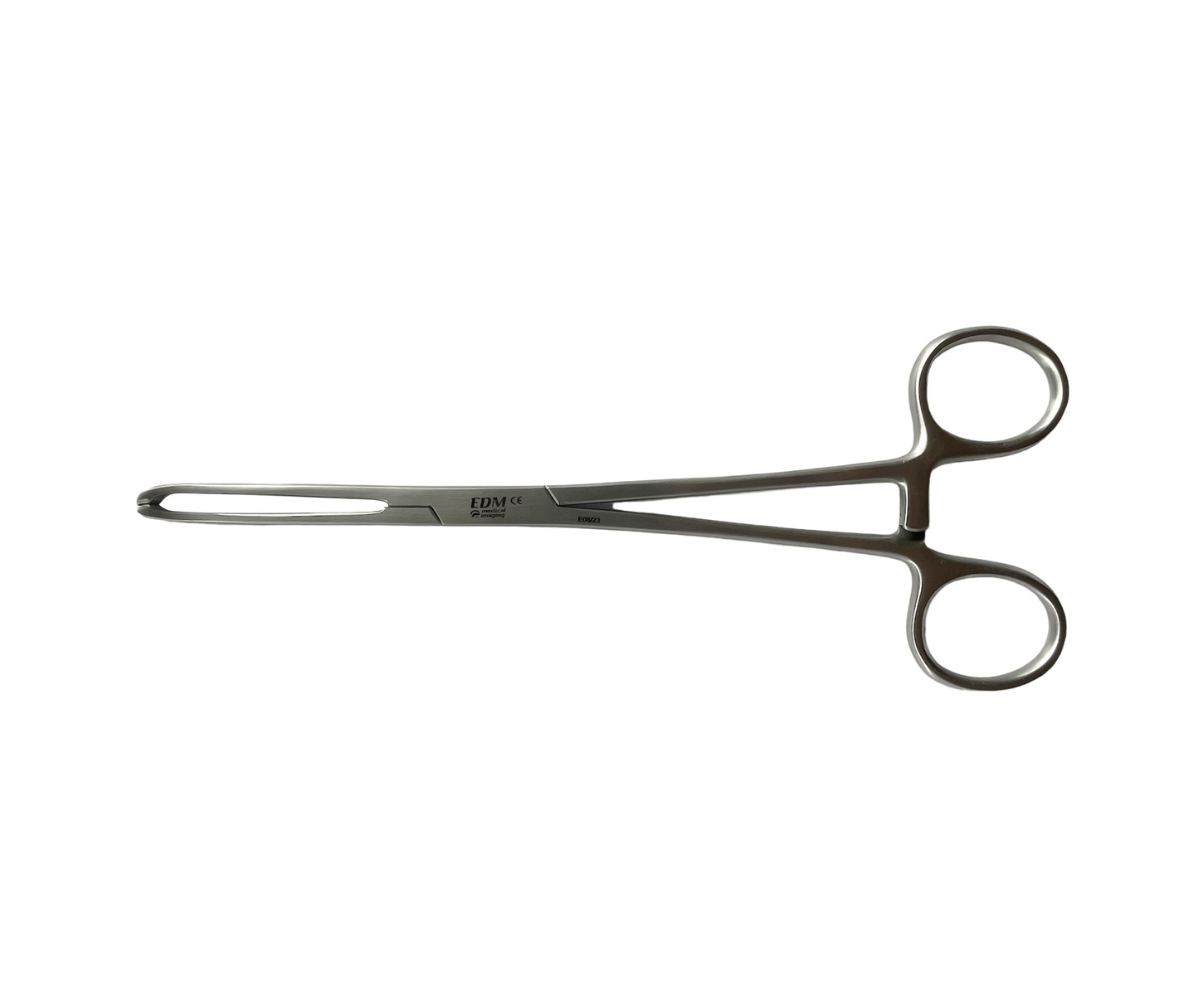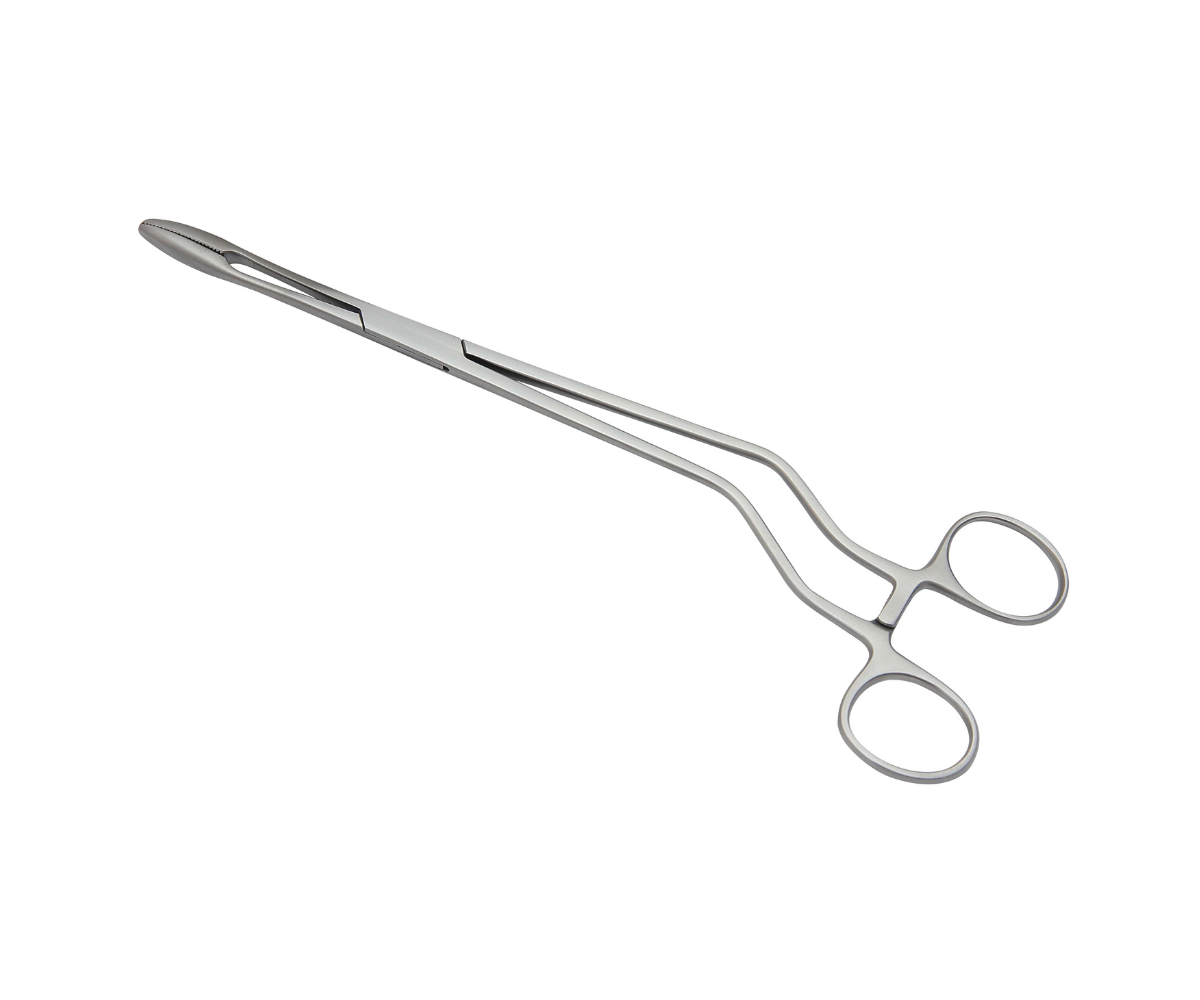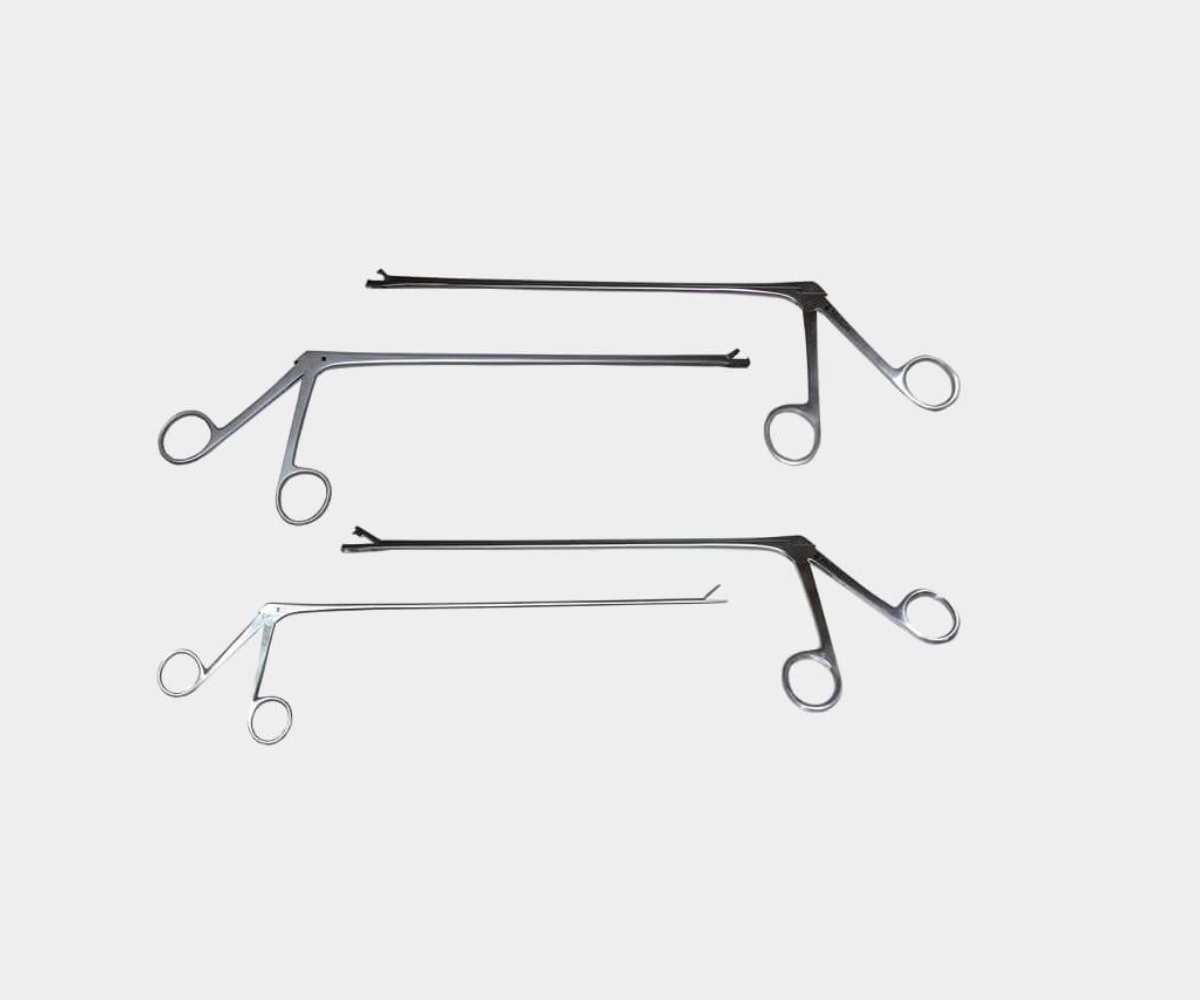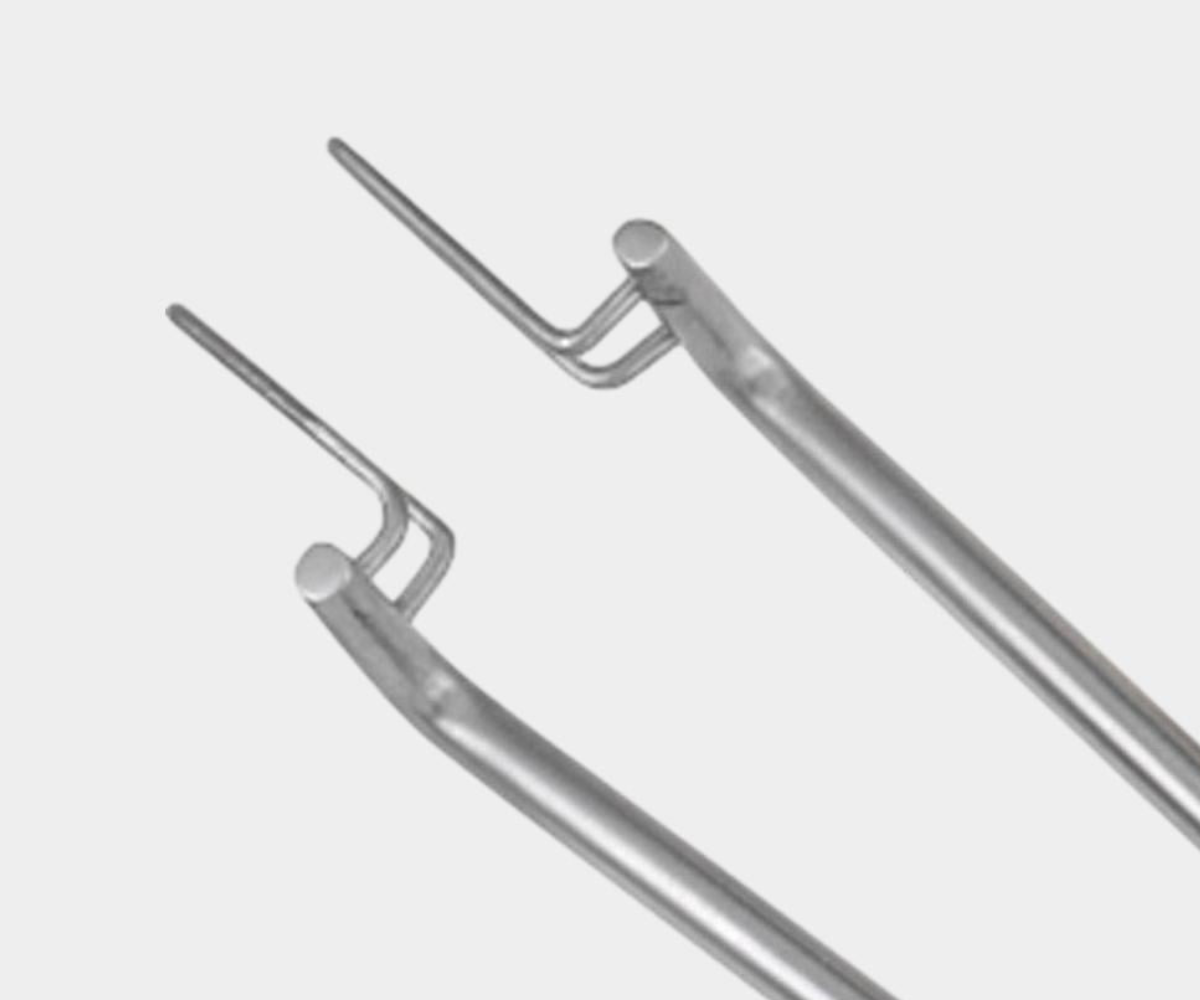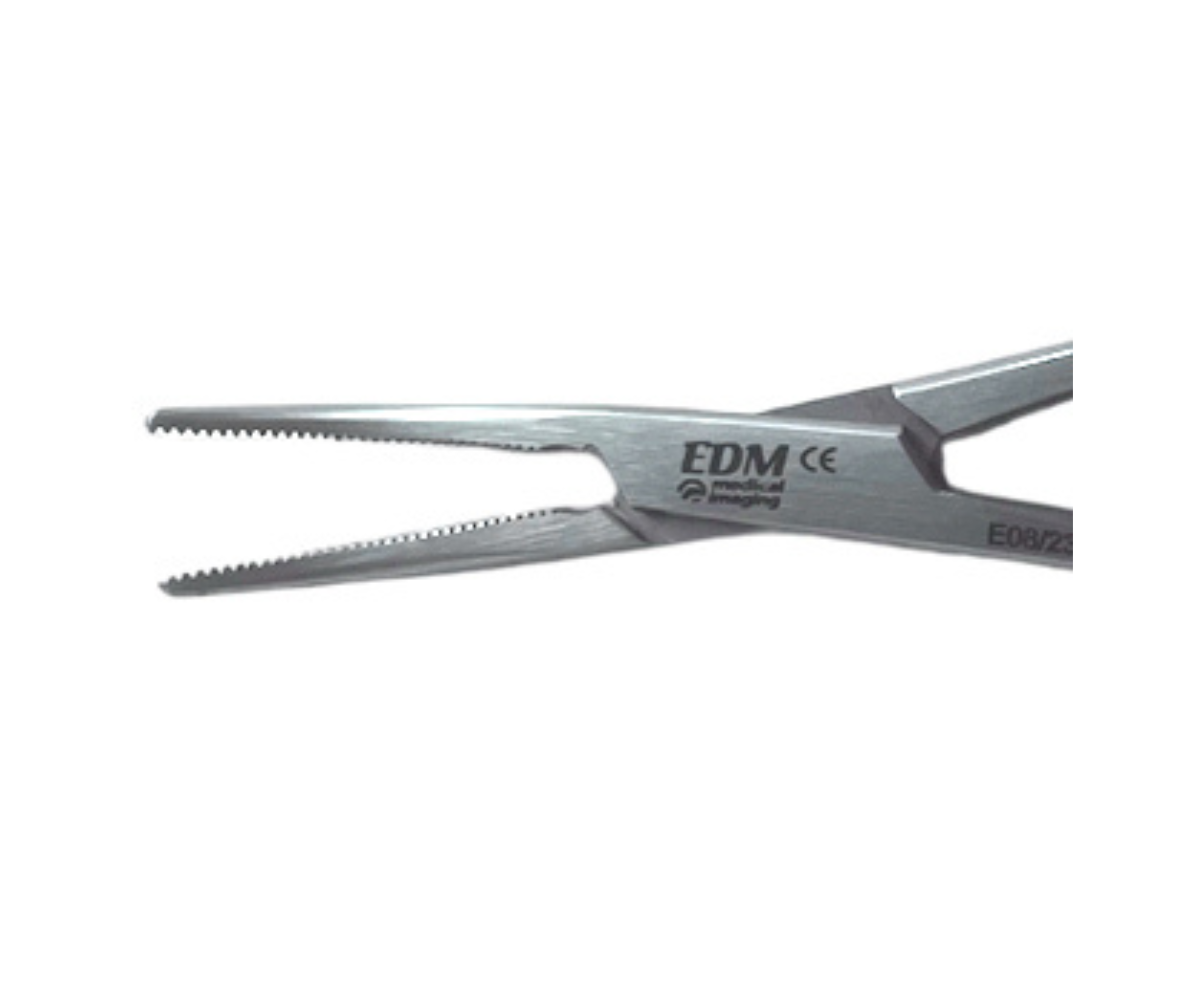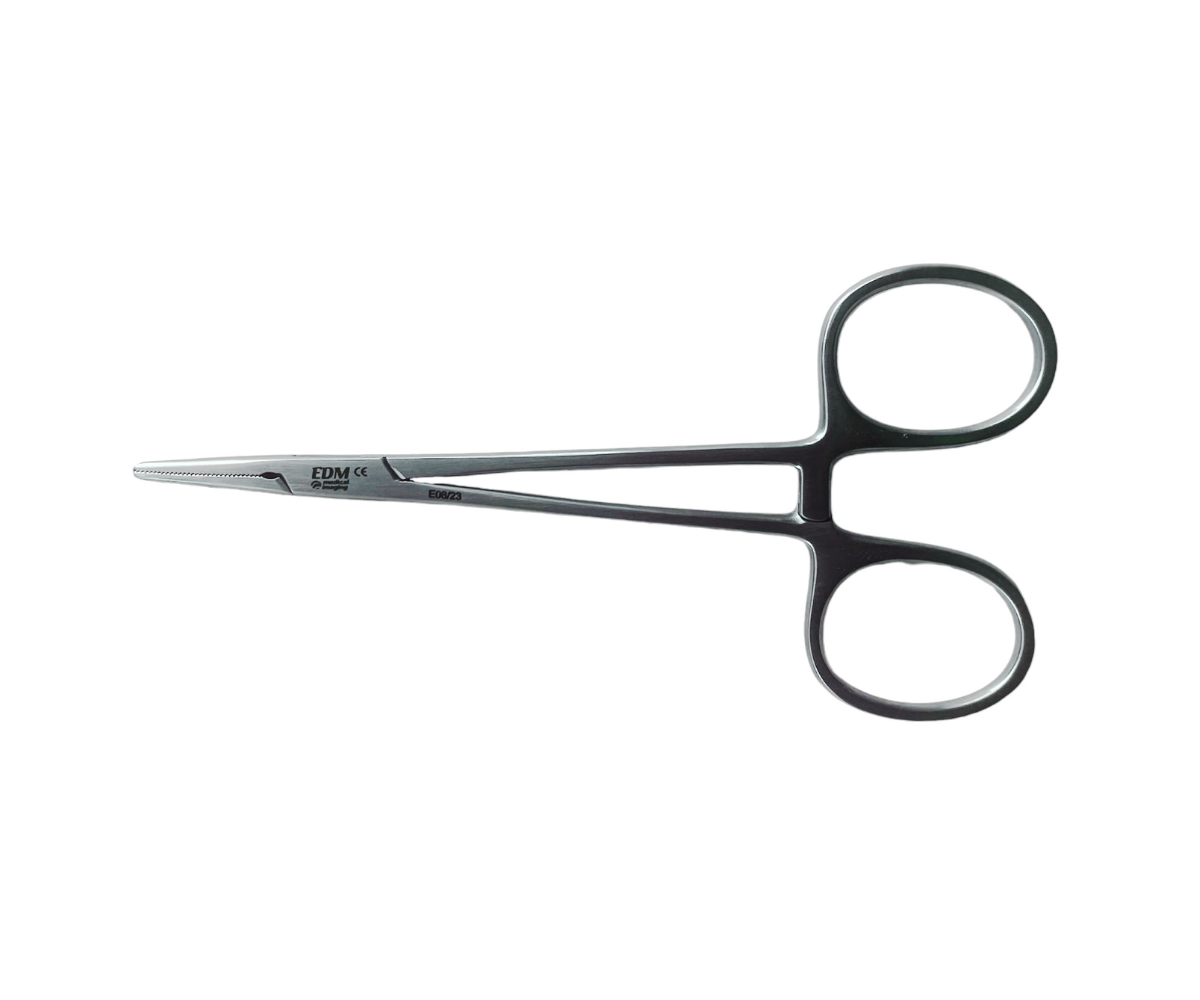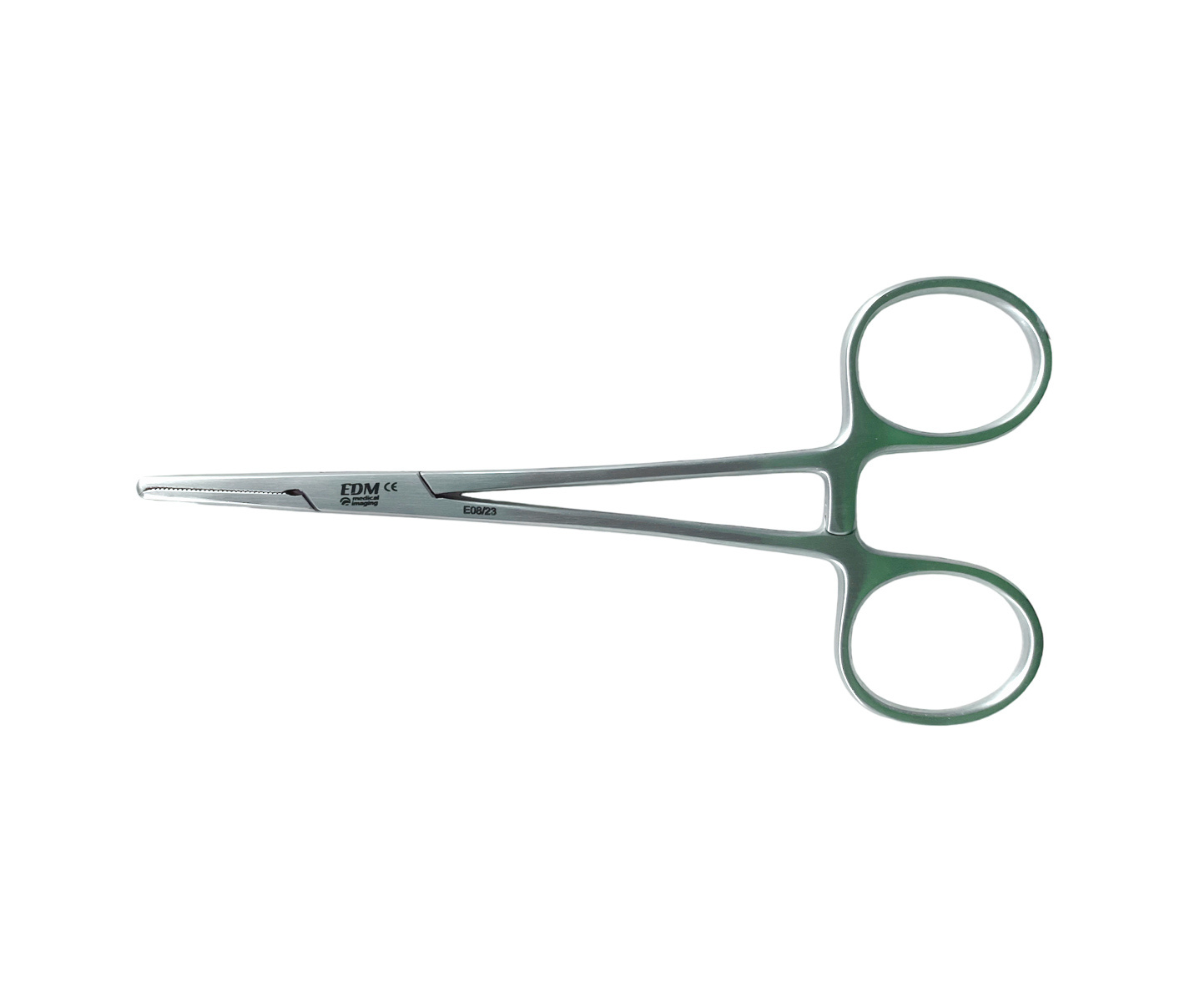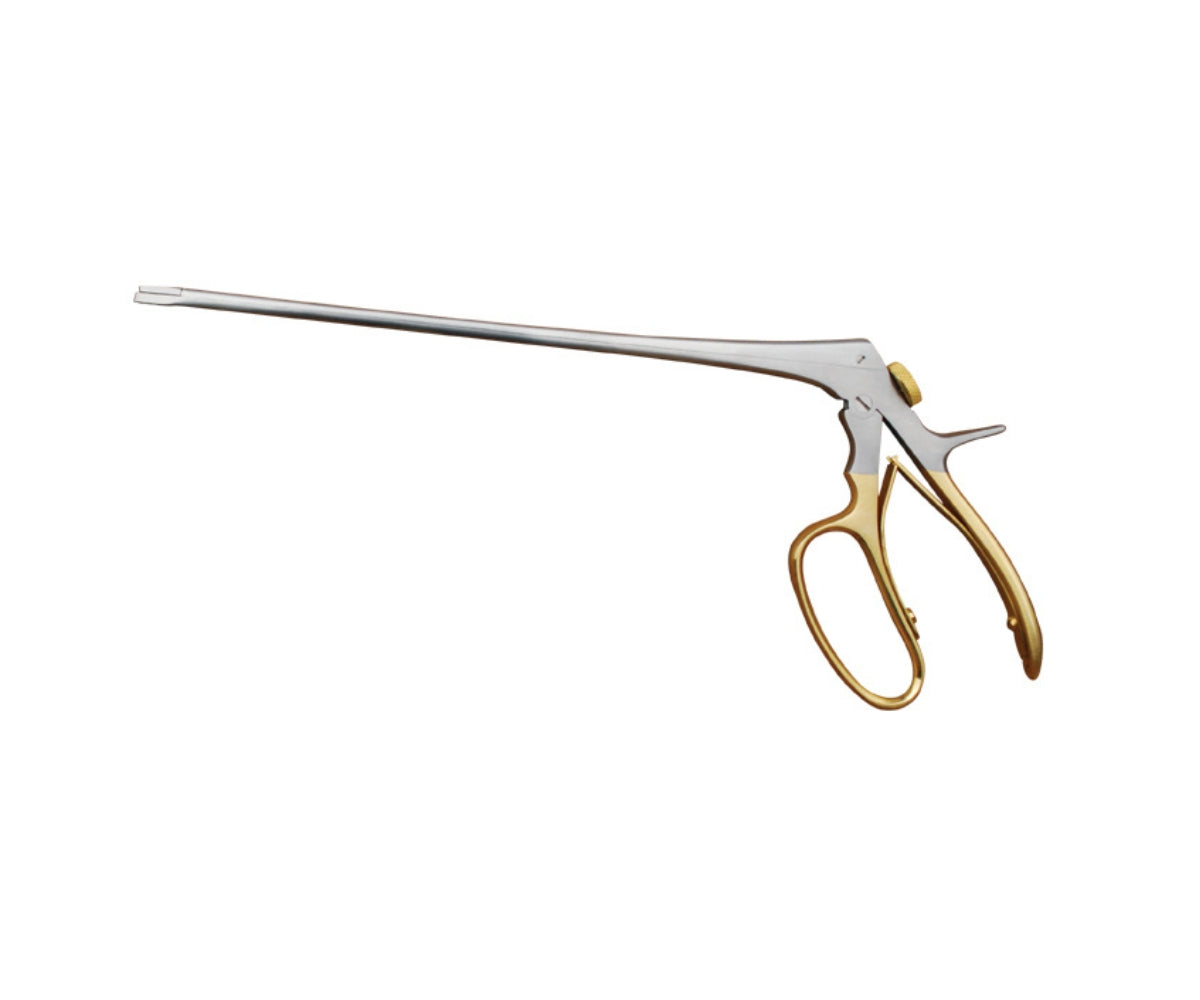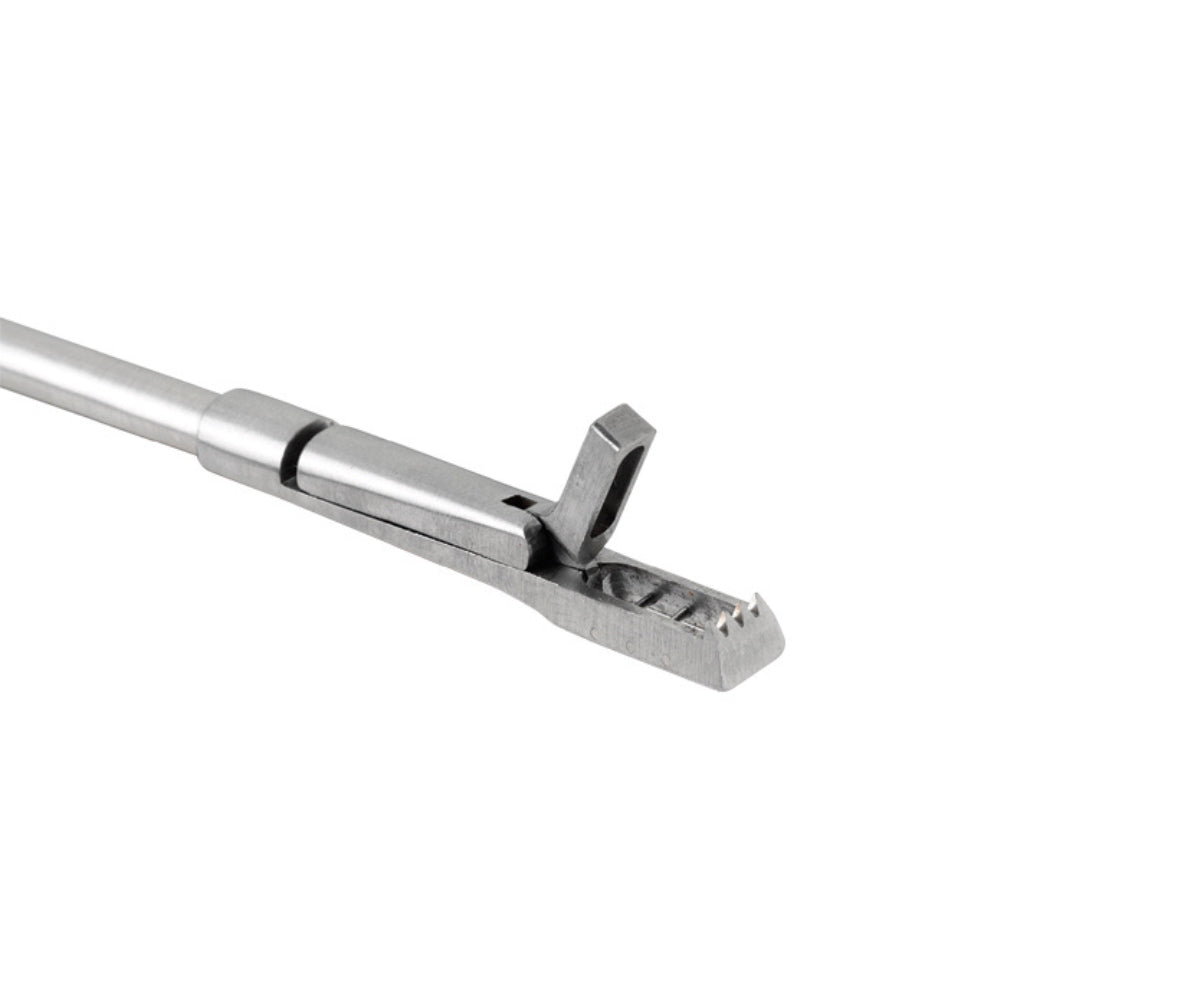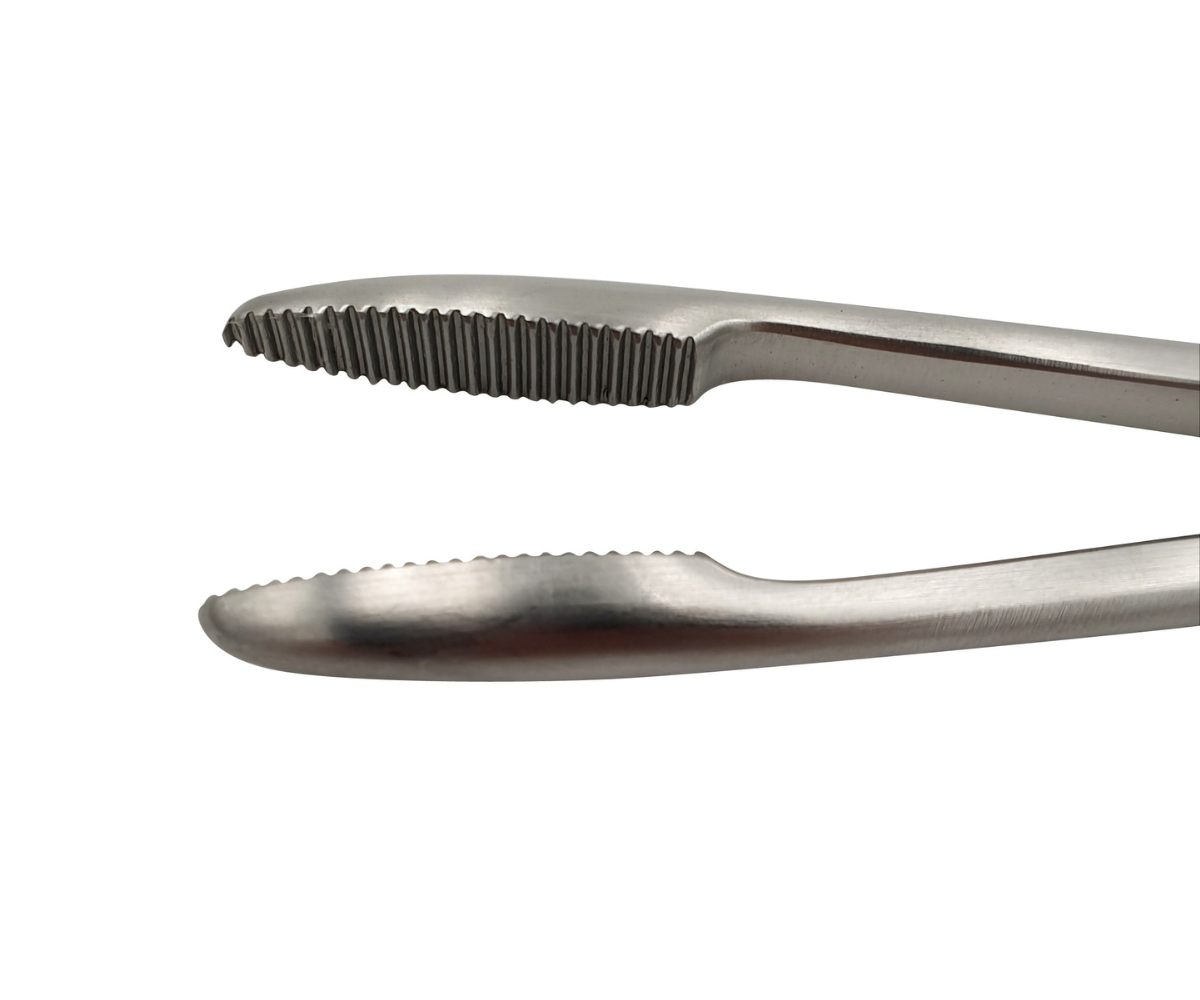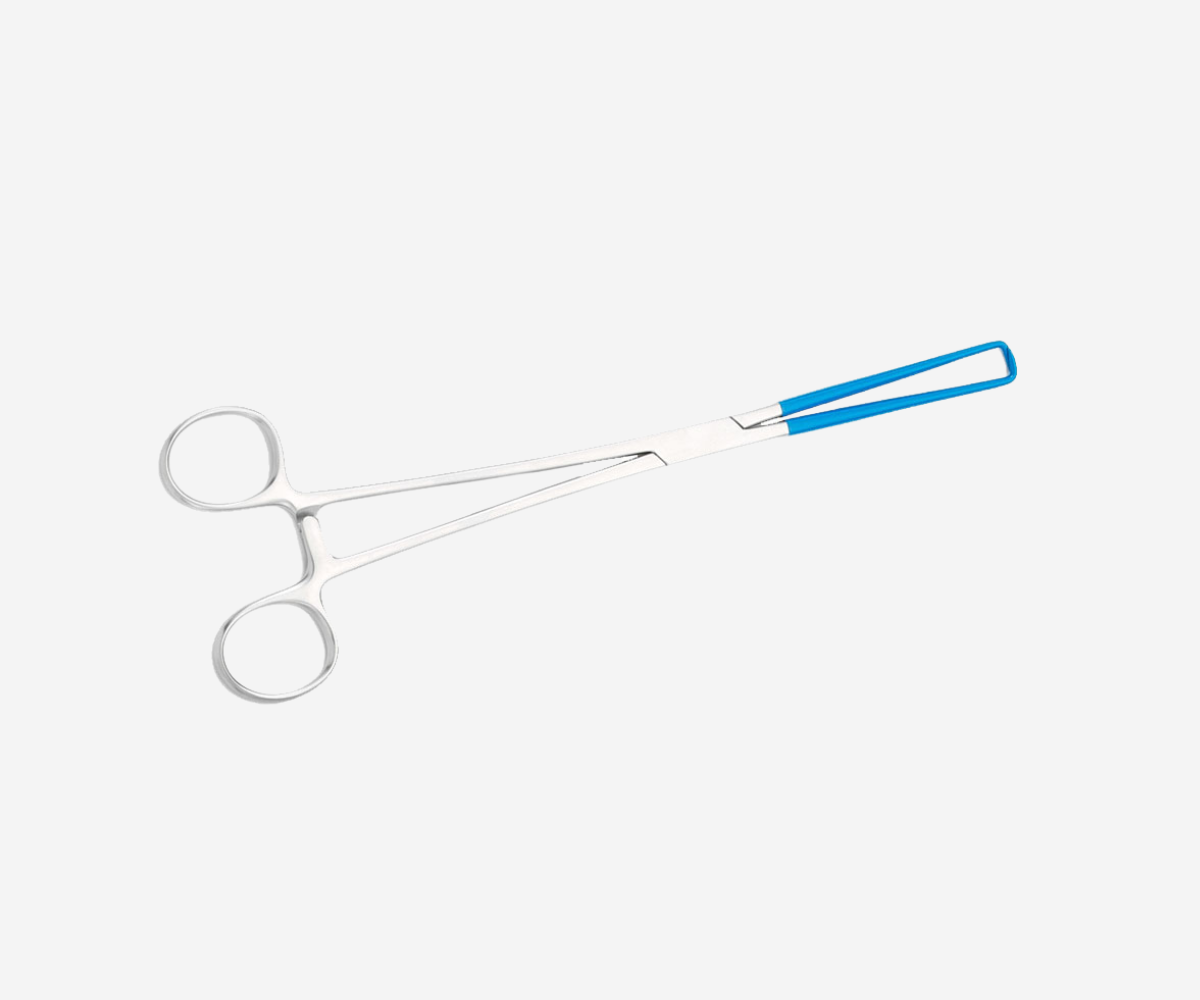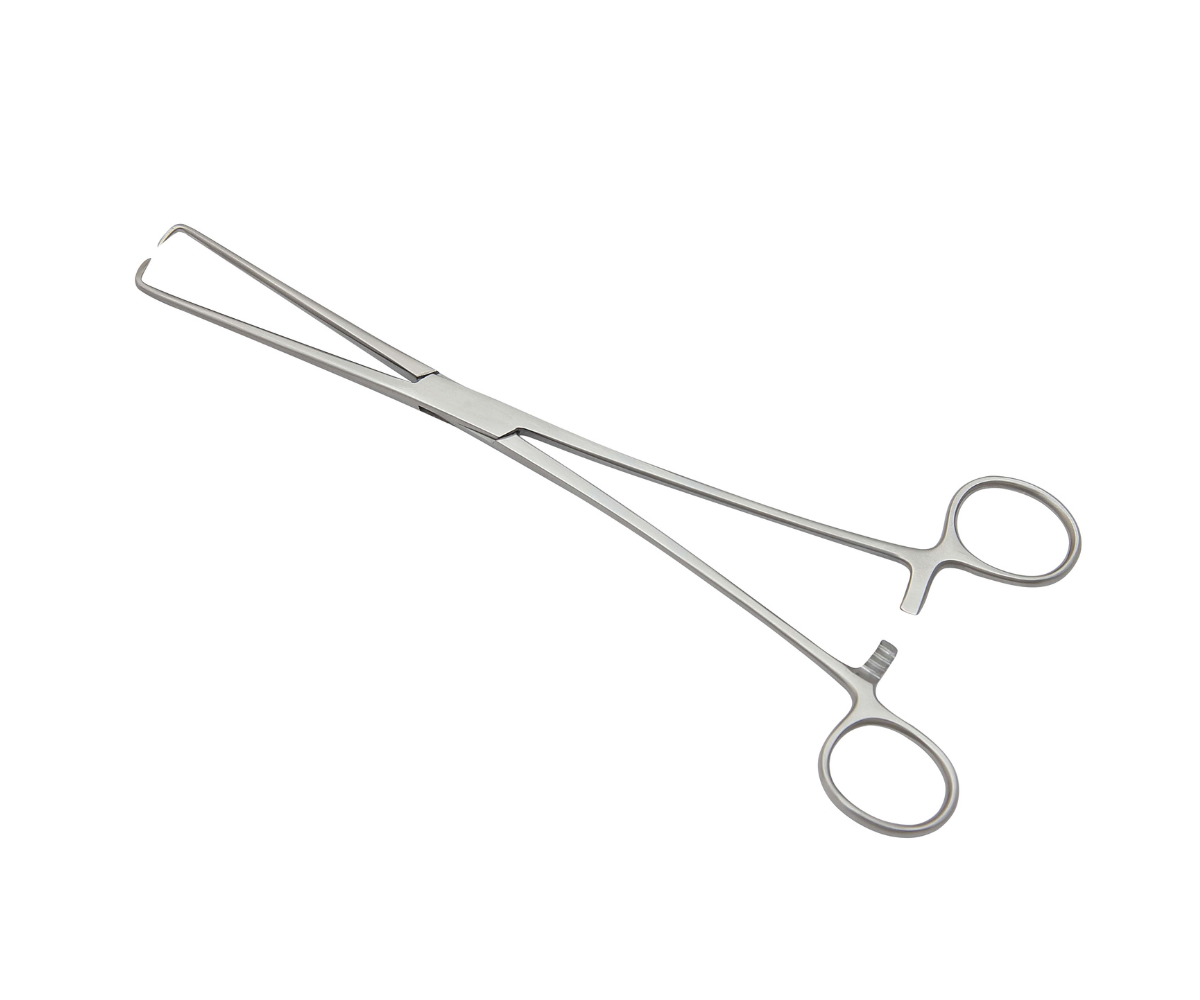Forceps
13 products
Showing 1 - 13 of 13 products
Forceps for gynecologic, obstetric, and surgical workflows
Choose from a broad range of gynecological forceps engineered for tissue handling, traction, clamping, and biopsy. Our assortment spans everyday graspers (Allis, Cheron, Pozzi/tenaculum) and hemostatic designs (e.g., Halsted Mosquito, Bengolea) alongside dedicated biopsy forceps. Each instrument is selected for dependable performance, ergonomic handling, and consistent results in clinic and OR environments.
Biopsy forceps: focused sampling when you need it
When a specimen is required, biopsy forceps provide controlled bites with defined jaw profiles. You’ll find options commonly used as cervical biopsy forceps—including patterns comparable to Tischler biopsy forceps and Kevorkian biopsy forceps—as well as single-use and reusable models. For teams concentrating on biopsy workflows, see our dedicated product pages; this category remains broader to support all forceps needs beyond sampling.
Grasping & traction instruments (non-biopsy)
- Allis Forceps – Reliable tissue graspers that offer secure purchase during dissection and closure. Typically reserved for tissue slated for removal due to their toothed design.
- Pozzi (Tenaculum) Forceps – Cervical traction and stabilization for procedures such as IUD placement and colposcopy. Single- and double-tooth patterns improve control with minimal slippage.
- Cheron Forceps – Long, gauze-holding forceps favored in OB/GYN for swabbing, antiseptic application, and assisting device placement where reach and precision matter.
Clamping & hemostatic forceps
- Halsted Mosquito Forceps – Fine, lightweight clamps for delicate hemostasis in narrow fields; straight and curved jaws support nuanced vessel control.
- Bengolea Clamps – Robust clamping forceps for gynecologic indications where secure occlusion is required, complementing the finer mosquito profile.
How to select the right instrument
- Intended task: Grasping/traction (Allis, Pozzi, Cheron) vs. clamping/hemostasis (Halsted Mosquito, Bengolea) vs. tissue sampling (biopsy forceps).
- Jaw design: Toothed vs. atraumatic for graspers; serrated vs. smooth for clamps; for biopsy, match jaw geometry to sampling technique (e.g., designs comparable to Tischler or Kevorkian).
- Length & reach: Select shaft length and curvature to match the anatomical site and the approach (speculum-assisted, endocervical, or surface field).
- Handle & lock: Ring handles and ratchets provide consistent tension; choose ergonomics that support your preferred hand position.
- Reusable vs. single-use: Reusable instruments support long-term value with proper reprocessing; disposables can simplify turnover and reduce cross-contamination risk per policy.
- Compliance & IFU: Confirm markings, materials, and reprocessing instructions; follow the device IFU and your facility’s sterilization protocols.
Instrument overview at a glance
| Instrument category | Primary use | Representative examples | Selection notes |
|---|---|---|---|
| Grasping & traction | Tissue handling, cervical traction, swabbing/placement | Allis • Pozzi (tenaculum) • Cheron | Choose tooth pattern and length to balance grip with tissue preservation. |
| Clamping / hemostasis | Temporary vessel occlusion and field control | Halsted Mosquito • Bengolea | Match jaw profile (straight/curved) and serration to vessel size and site. |
| Biopsy (sampling) | Targeted tissue acquisition | Patterns comparable to Tischler • Kevorkian; disposable/reusable options | Select jaw geometry and bite characteristics per sampling technique and site. |
Professional FAQs
How should I decide between Tischler- and Kevorkian-style biopsy forceps?
Base your choice on jaw geometry, bite characteristics, and your standard technique. Align the instrument with the tissue type and access route specified in your protocol.
When do tenaculum (Pozzi) forceps add the most value?
Use for cervical traction and stabilization to improve access and precision during procedures such as IUD placement and colposcopy.
Are these instruments reusable or single-use?
Both options exist in this category. Confirm the IFU and reprocessing requirements for reusable instruments, and follow facility policy for sterile single-use devices where indicated.
For questions or concerns, please contact our knowledgeable sales team at +1 (877) 220-4567 or use the live chat feature on our website.




